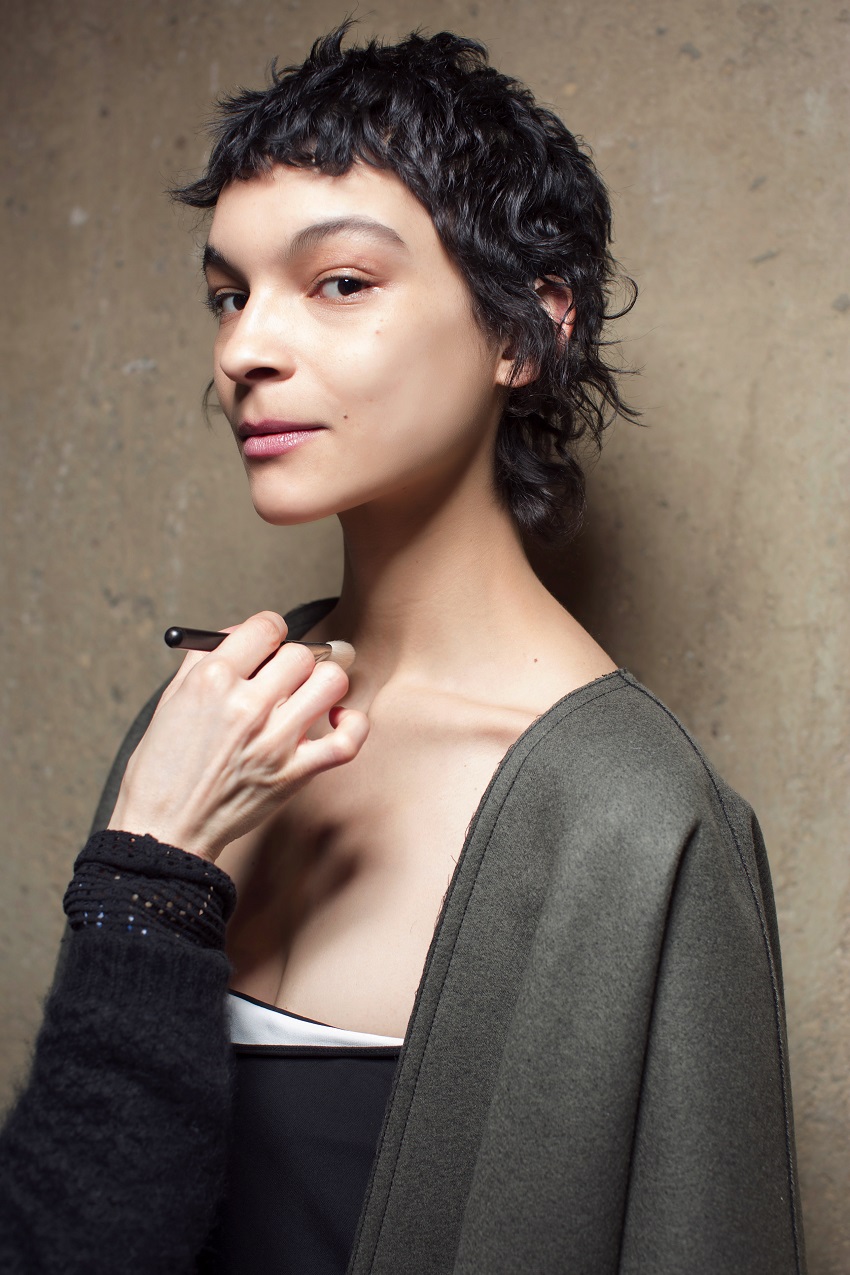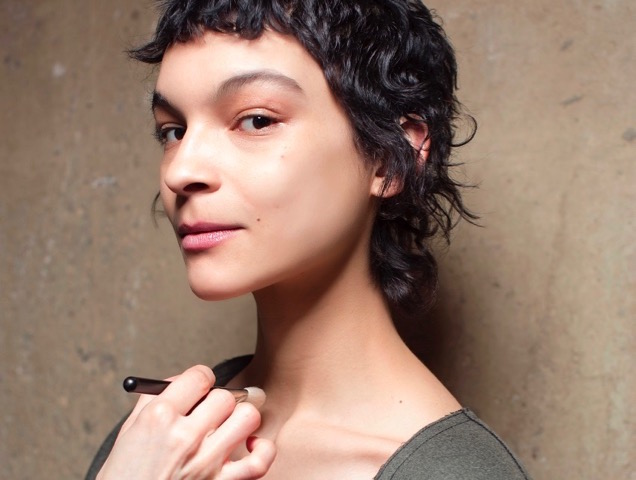Whether you have a five-step makeup routine or a 37-step regimen (hello, Kylie Jenner), it all falls apart if you’re overlooking the importance of one crucial step. We’re talking about primer, of course. It’s absolutely essential for truly flawless base makeup. It doesn’t just lock in makeup for a longer period of time. Some of the best hydrating primers can also work double time. Not to mention do real wonders for your skin.
If you have dry or sensitive skin, primers can be a huge help. How? Well, they keep away flakes and those pesky patchy spots. Which is especially helpful if you use a lot of foundation and concealer. If you’re trying to conceal fine lines or minimize pores, seamless primer coverage is a must. Making it the one makeup step you should never miss. (But sometimes it falls through the cracks despite our best efforts.) Even if you have the right products, incorrectly using your primer of choice can severely mess up your glow. And who wants that? Nobody that’s who.
So scroll down to discover the top three mistakes to avoid when it comes to your favorite primer.
[ Next: 7 Drugstore Eyeshadow Palettes Makeup Artists Actually Use ]
3 Things You Are Probably Doing Wrong With Your Primer
-
Look Beyond Clear Primers

Don't ignore tinted primers, especially if you have uneven skin that could use some brightening. Color-correcting primers make your concealer coverage more even and disguise exactly what you're trying to minimize. For instance, green primers can hide redness and lavender primers can actually make skin look more healthy and luminous. Colored primer, if used correctly, doesn't just even out your base makeup, but also adds a subtle glow.
Image: Imaxtree
-
Keep Product Minimal

Urban Decay Ultimate Ozone Multipurpose Primer Pencil, $19 at Sephora
When it comes to primers, less is always more. A brush will help spread it evenly if it's a liquid primer. Regardless of texture, don't pile it up or layer it, especially if you're attempting to erase fine lines. A primer pencil will help you deliver the right amount to problem areas, especially if you are focusing on spot correction.
-
Stick to One Texture

It's always better to use the same texture of primer and foundation. Don't use a gel-based primer if you plan on using liquid foundation or pair a water-based primer with a cream-based foundation — you'll wind up with a mess of blended product. If you are looking for a seamless yet natural-looking base, stick to the same medium for your primer and foundation.
Image: Imaxtree




